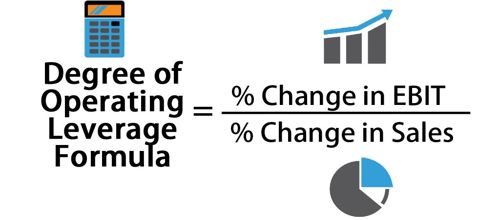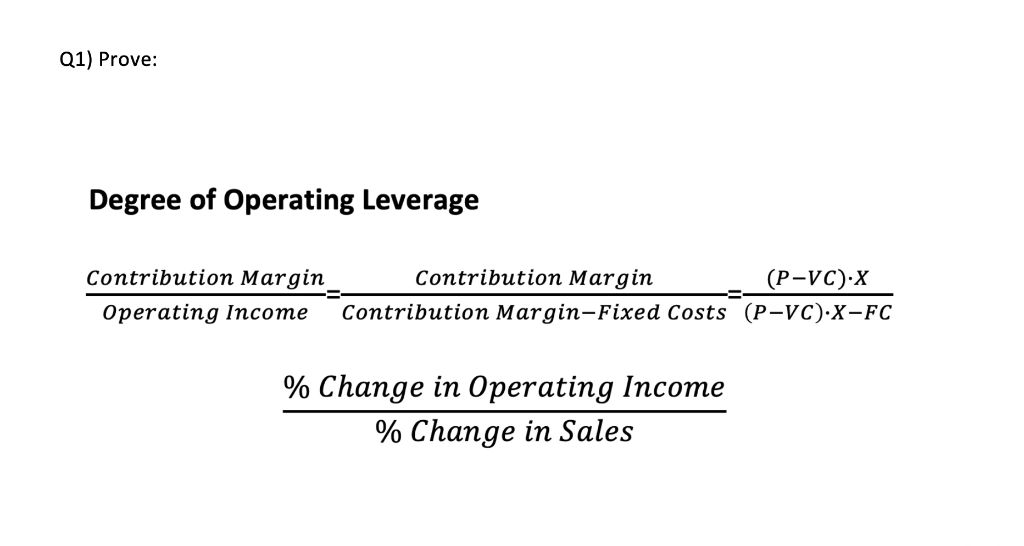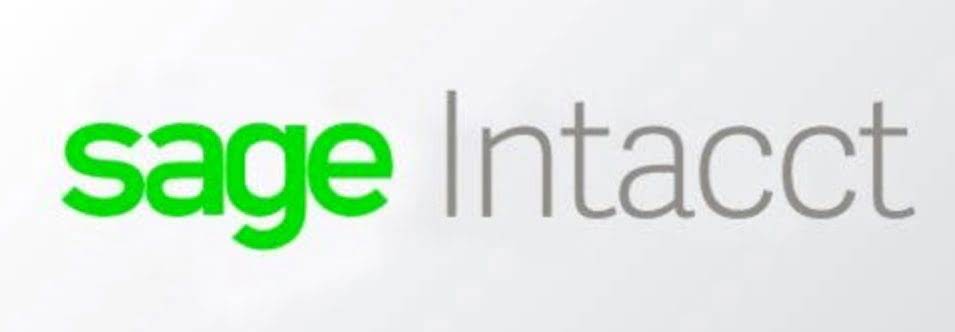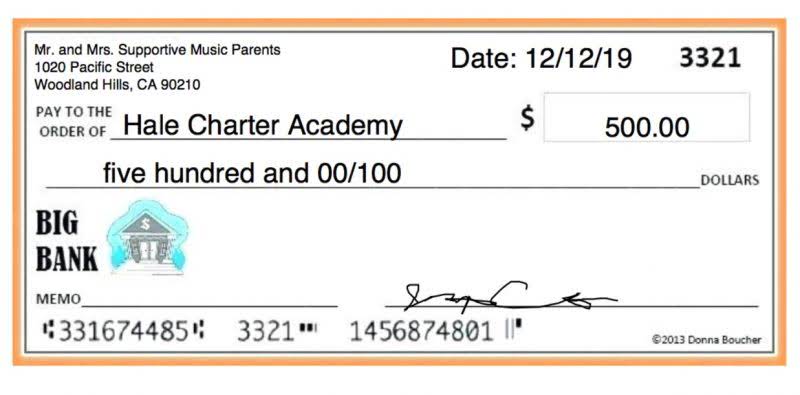However, this tier is almost exclusively designed for submitting a self-assessment tax return, and SMEs will find it severely limiting. As part of your subscription, you’ll also get an extensive feature offering that answers small business owners’ big software concerns. There’s live chat support if you run into trouble, an intuitive mobile app for on-the-go expense tracking, plus integrations with over 700 apps. There are four areas you should consider when choosing a cloud accounting software solution. The first is cost, as every company needs to find something that fits into its overall budget. When considering cost, look at the monthly subscription fee costs as well as any third-party costs, such as integrations with other software, that may be necessary to have an efficient accounting system.
Making Tax Digital: What UK businesses & Accountants Need to Know About Accounting Software
Users can efficiently handle all key financial documents, from invoices to credit/debit notes, in one centralized place. Wave is a free accounting service that is designed for small businesses just starting out. The easy-to-use software has all the basic features needed to keep your accounting department in order. Wave’s built-in dashboard makes it easy to quickly access and understand your business’s financial information. Another outstanding feature is the fact an unlimited number of users can be added. With Zoho, users can send customised invoices, connect to payment gateways, track expenses, create a variety of business reports and calculate tax owed.
Best basic option
Adminsoft Accounts is suitable for anyone who has a budget that is stretched to the max. That’s because it’s a software accounting package powered by advertising, which produces revenue and that makes it free to download and use. The software delivers a surprisingly thorough free accounting system too and you see can exactly where it’s coming from in the clear terms and conditions. From April 2026, self-employed businesses with an annual turnover above £50,000 will have to use MTD-compliant software.
Best for features
- Wise Business can help you save time as well as money thanks to smart integrations with Xero and Quickbooks.
- While there’s cloud-based convenience there are also variations on the theme, depending on what kind of business accounting needs you have.
- Or, you can download any of our listed systems to start a free trial today.
- The SaaS model turns a one time purchase into a subscription service, meaning that customer support is there to lend a helping hand when needed.
FreshBooks is an intuitive, easy-to-use accounting software designed for small business owners who do not have an accounting background. It allows users to easily create invoices, manage projects, track expenses, track time, track loans and file tax. In conclusion, finding the right accounting software is vital for ensuring your business runs smoothly and stays what is the operating cycle compliant with UK tax regulations.
The payments we receive for those placements affects how and where advertisers’ offers appear on the site. This site does not include all companies or products available within the market. Note, that while these costs are higher than cloud-based packages, they usually offer a wider range of features and – in the case of AccountEdge – have no restrictions on the number of licensed users.
Standard security features include data encryption and two-factor authentication, although security breaches are still possible. The Standard and Plus plans are MTD ready and allow VAT to be submitted directly to HMRC. Payroll can be added to both plans starting at £7 a month for up to 5 employees, with additional plans covering up to 100 employees. Excluding the Self-Employed plan, all plans are Making Tax Digital (MTD) ready, allowing VAT to be submitted directly to HMRC. Payroll can be added to all plans (except Self-Employed) for an additional £4 per month plus £1 per employee. Software targeting larger businesses and corporations looking to centralise all their financial and operational processes.
And just like other accounting software on this list, you can submit your returns through Sage Accounting. Unlike many competitors, Zoho Books offers robust project accounting features even on its entry-level plans. Our expert researchers found that Zoho Books makes it possible for you to oversee multiple projects, including the ability to assign specific tasks to employees. At £13.50 per user, per month, Clear Books Small is a wallet-friendly package for small businesses. For brick-and-mortar firms that aren’t looking to expand, it will do nicely. However, scaling businesses might want to find an accounting software that’s more smartly paced when it comes to pricing.
Zoho Books is the cloud-based accounting component of a larger suite of business solution tools. In addition to accounting software, Zoho offers more than 40 enterprise-level online applications to grow sales, market your business, communicate with teammates, provide customer service and more. Businesses that need an integrated business ecosystem will have a hard time finding a more robust business suite. Therefore, you’ll find that using FreeAgent should be very straightforward and there’s additional appeal for dedicated professionals too, thanks to a dedicated accountants dashboard. FreeAgent offers a UK-based support structure, the flexibility of unlimited users and hosts live weekly webinars too.















